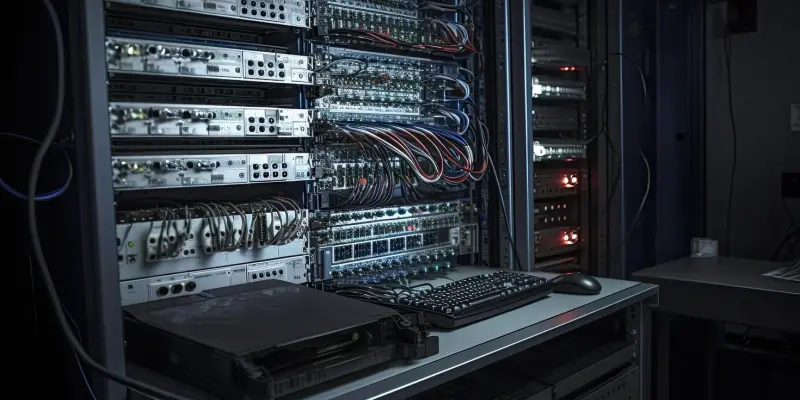Northern Virginia has emerged as the world’s leading hub for data centers, with a concentration so dense that Loudoun County has earned the moniker “Data Center Alley.” This region’s prominence in the technological landscape is underscored by its essential role in supporting the growing needs of Big Tech companies for data storage, processing, and infrastructure power. Dominion Energy, a key player in this ecosystem, continues to see a consistent surge in demand for data center services. Despite economic uncertainties and industry challenges such as tariffs, the anticipated slowdown has not materialized. In fact, technological advancements and the rise of artificial intelligence have only fueled further expansion. This demonstrates not just resilience but a thriving momentum in the sector, unearthing questions about the future sustainability and evolution of this vital industry.
Sustained Growth and Future Challenges
Dominion Energy’s continued prosperity amidst speculation of industry stagnation speaks volumes about the present and future of data centers in Northern Virginia. Dominion’s executives, including CFO Steven Ridge and CEO Robert Blue, reaffirm the investments from major tech entities seeking more substantial infrastructures. The company’s report of 40 gigawatts of data center capacity under contract epitomizes this robust expansion. Additionally, leading tech companies like Amazon and Nvidia have echoed the sentiment of unwavering demand, further validating the region’s burgeoning status. While the trajectory appears promising, this growth is not without its hurdles. The technology sphere must grapple with adjunct issues, such as sustainable energy usage and environmental impact mitigation, posing challenges for future developments. The path to success necessitates adaptive strategies, ensuring that Northern Virginia continues to lead and innovate in the global data center domain.

